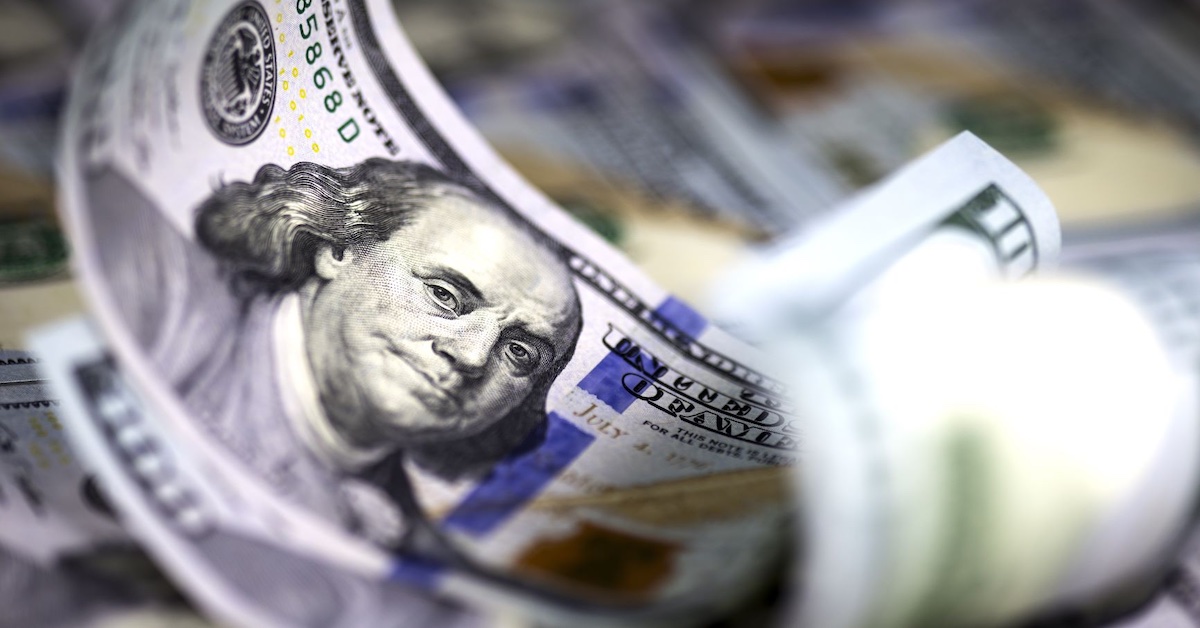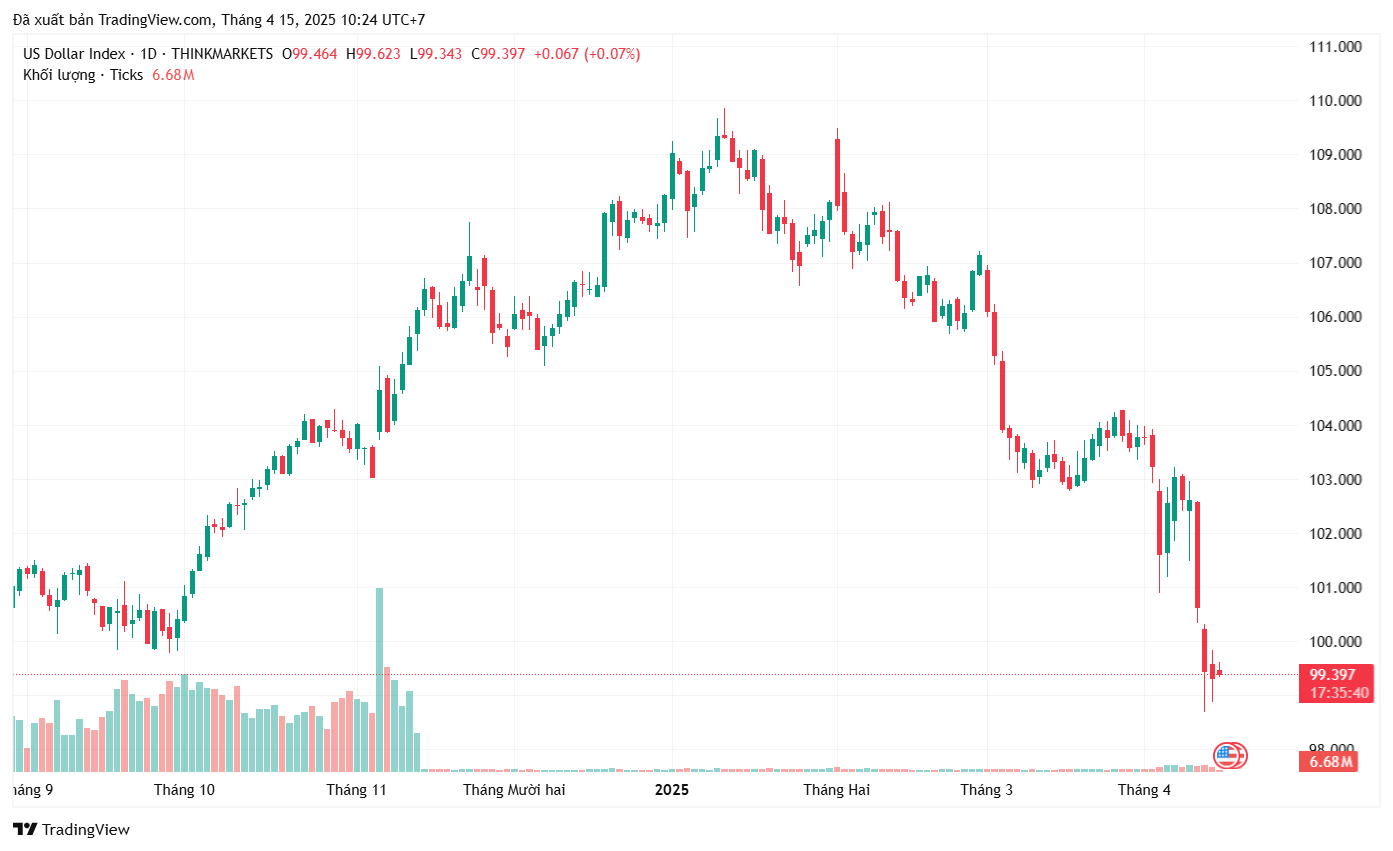Will the US dollar continue to slide?
The US dollar is at a very interesting juncture because it is going down when theory and historical precedent suggests that it should be going up.

We know that currencies are devilishly hard to predict. That’s because they don’t always conform to theory or historical precedent—and that’s exactly what’s going on with the US dollar at the moment. For both, the theory around tariffs and historical precedent would say that the US dollar should be rising right now, but it is falling, and falling quite fast. This could prove temporary with a strong tariff/US dollar correlation re-establishing itself in time.
Alternatively, the inability of the US dollar to rise in this environment may suggest a deeper malaise that will persist for some time. And it is this second interpretation that many analysts lean towards. The theory around tariffs seems to rest on a number of observations. One is very simple: that punitive tariffs will reduce US importers demand for currencies like the renminbi because the demand for imports from China will slump.
Another argument, also around trade, is that the trade deficit is determined not by things like tariffs but, instead, by the balance between national savings and investment, with trade deficits borne out of excess investment relative to savings. This savings shortfall is made up by foreign borrowing, and the only way that other countries can supply these savings to the US is if they earn trade surpluses, as these generate the dollars that can be recycled back to the US.
Tariffs do not alter this savings deficiency, and hence the trade balance cannot improve materially. Stopping the trade balance from improving occurs via an appreciation of the dollar that counterbalances the rise in tariffs. Now this might all sound a bit abstract, but historical evidence, not just in the US, does show that countries that impose tariffs do see stronger currencies, even if the tariffs are not fully offset.
So, what’s going on with the US dollar right now seems very unusual. Why might it be happening? Steven Barrow, Head of Standard Bank G10 Strategy, thinks of a number of reasons. One is that the tariff policy is being conducted in such a way, and to such an extent, that it is undermining confidence in US policymaking. Allied to this is the proposition that foreign savings flows to the US have become so large that there is significant concentration risk.

For instance, US stocks accounted for about half of the MSCI world index after the global financial crisis but now it stands at around three-quarters. This concentration risk has seemingly propelled the US dollar to overvalued levels against many other currencies. Add this concentration risk and overvaluation to serious concerns about US policymaking and we might be able to understand why the US dollar has been falling, not rising.
But what happens when the noise around tariffs dies down and the US dollar becomes more appropriately valued? Will the US dollar continue to slide, or will it rebound as the theory around tariffs and historical precedent would suggest? Steven Barrow leans to the former which is why his target for euro/dollar is 1.25, and 125 for dollar/yen over the next year, or more.








